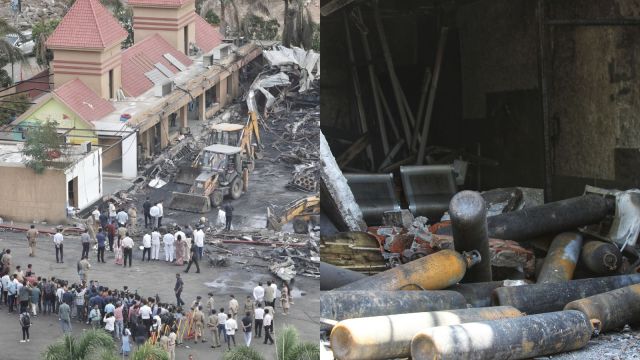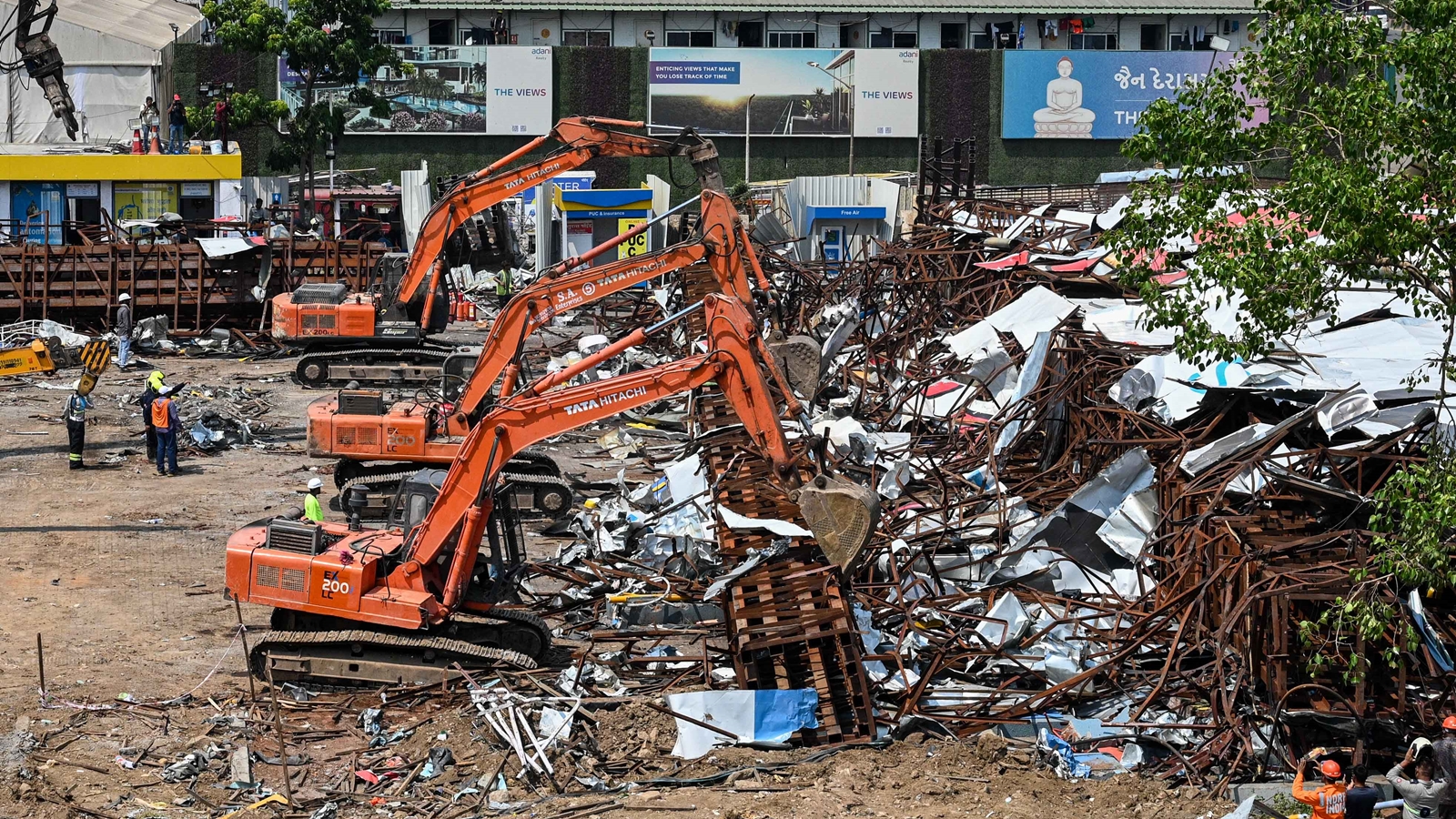
Written by Anuj Daga
While we await the investigation into the recent mishaps that different cities across India have experienced in the past two weeks, the innocent lives lost ask for someone to take the blame. The falling of an oversized hoarding over a petrol pump due to a dust storm in Ghatkopar, another collapse of a billboard in Pune just three days after Mumbai, the boiler blast at a chemical factory in Dombivli, and the more recent cases of fire outbreak in Rajkot’s Game Zone and the short circuit-induced blast of oxygen cylinders in a paediatric hospital in Vivek Vihar in New Delhi — each of these unfortunate events could directly or indirectly be identified as man-made disasters, for they suggest institutional failure.
Here, the institutions responsible for regulating urban development are brought into question. The municipal corporation, civic development authorities and planning control commissions that make decisions which shape our urban environment are asked for explanations. How can we delineate the complicity of planning in these mishaps and further, how could effective planning have helped in reducing the risk to the lives that have been lost in these incidents?
Urban development is controlled through the instrument of by-laws that are, in turn, framed under the National Building Code. All buildings in the city must abide by these laws that safeguard aspects of livability, safety and sustainability of its users. Further, city planning documents demarcate distinct facilities at considered proximities from or within a given neighbourhood to balance its social and economic requirements.
However, in cities like ours, these spatial relationships are inherently complex since a certain planning order gets imposed on areas that may be already semi-developed, but are growing to accommodate greater densities of life. Thus, in cities like ours, construction leads to negotiating the laws in an inherently strained manner so as to accommodate enterprise and survival. In such parsing of the law, several aspects of its interpretation may become prescriptions, which are not necessarily spatially meaningful. For example, the codes specify the minimum room-to-window area ratio for sufficient light and air, but if the window is not oriented climatologically, it may fail to serve its purpose. Or, in another case, the recent laws may necessitate a fire escape staircase for older buildings that could be appended on their exterior, but they may be very difficult for residents to access from the inside. In other cases, construction economics may force the elimination of essential spaces of refuge within buildings. Balconies seen in earlier mid-rise apartments that were free of FSI (Floor Space Index) are now being eliminated; their appropriation within internal spaces by residents ultimately meant that there was no economic incentive for the developer to continue to build balconies. Similarly, terraces and open spaces too don’t offer any incentive for the builders. While they are counted as part of the built-up areas, and are a common resource, their cost cannot be charged to any resident, thus leaving them out of a building scheme. Residents whose properties are now undergoing redevelopment in cities like Mumbai ask for more carpet area in their new apartments, but often fail to demand better light and fresh air. Thus, construction laws, essentially framed to ensure the well-being of users, turn against them as they become mere prescriptive checklists or numerical indicators for ensuring efficiency.

A range of spaces that once lay in the public realm are fast being privatised. Smaller pockets and parcels of intermediate lands that were available for micro public activities are now amassed into larger lands where tall buildings are constructed with clear boundaries that enclose large, green manicured spaces. On the other hand, leftover spaces around private commercial developments are put under extreme surveillance, which drives out any public activity like lingering and loitering. Such loss of open public space for the average city dweller — from both residential and commercial domains — has necessitated the invention of new forms of recreation that are often encapsulated within malls or large independent structures. While building environments become hyper interiorised, by way of extremely closed and mechanically controlled spaces insulated from the exterior, their outer skins become flatter and larger in order to bear advertisements. In the early millennium, there was a drive to eliminate large hoardings to preserve the aesthetic face of the city. Today, we demand their removal for our safety. Yet, hoardings continue to dominate several residential or commercial premises, neglecting people’s need for access to natural light and ventilation.
The distressing incidents we have been witnessing in our cities indicate India’s rapid and reckless foray into urbanisation through building edifices of consumption. At the same time, they ask us to turn our attention to improving our urban environments. The envisioning of a safe and sustainable urban environment requires all its stakeholders to demand a healthy environment over and above the prescriptive following of laws and codes. Here, urban residents must become aware of the pitfalls of the short-term benefits of quantitative advances, such as extra floor space, and invest in long-term qualitative gains, such as houses that breathe fresh air and receive natural light or environments that foster social and ecological sustainability. Institutions of planning must then be asked to periodically assess the quality of built spaces to check for accumulated vulnerabilities within urban infrastructure, maintaining the dignity of lived space, avoiding foreclosure of access to public space and upholding the overall quality of urban space. All in all, a safe urban space is a collective responsibility. While the law makers must ensure that spatial codes are meaningfully and correctly implemented, the city users must ensure that their participation in urban processes set the priorities right for achieving a sound urban environment.
The writer is Assistant Professor at the School of Environment and Architecture, Mumbai


